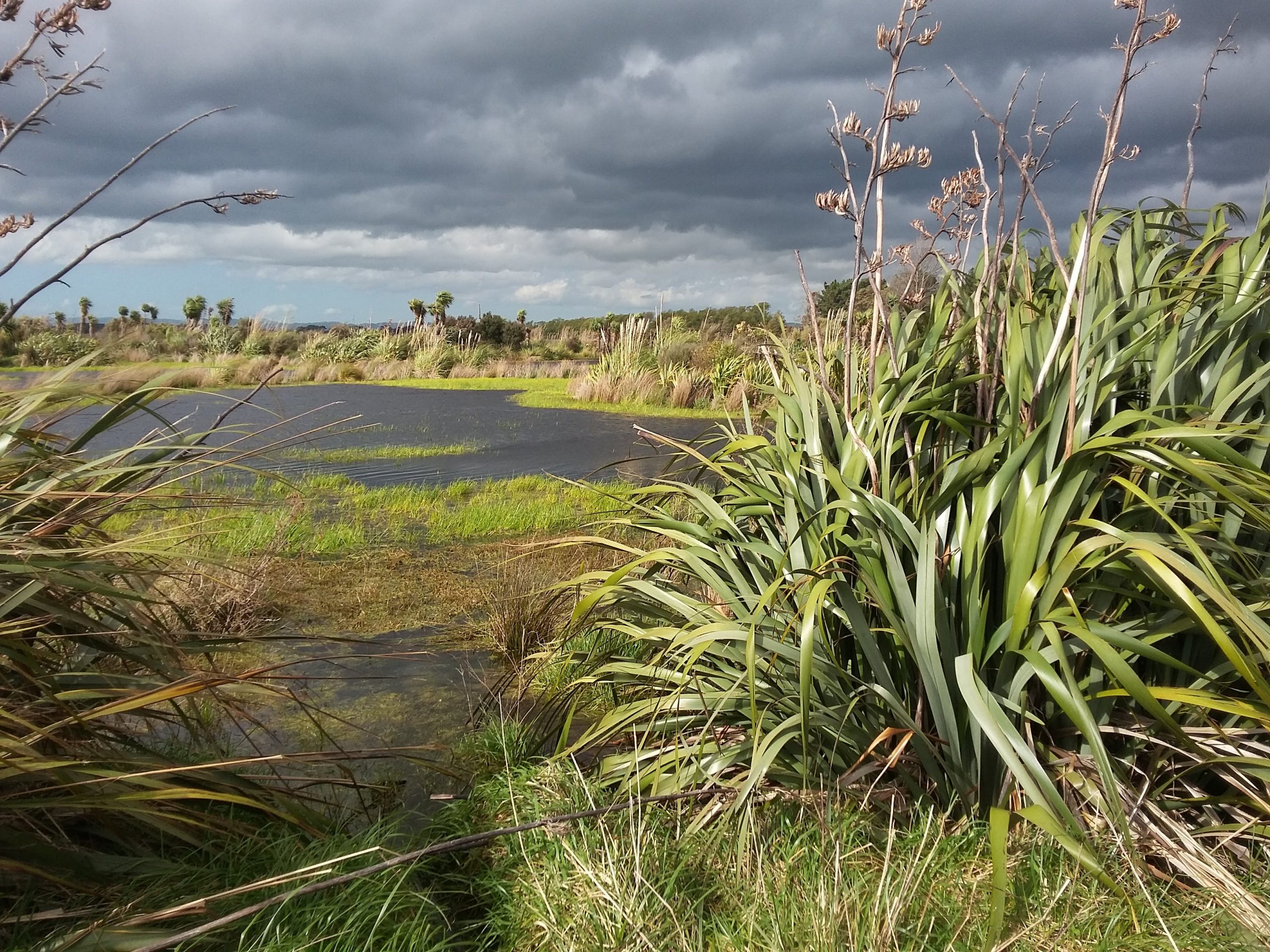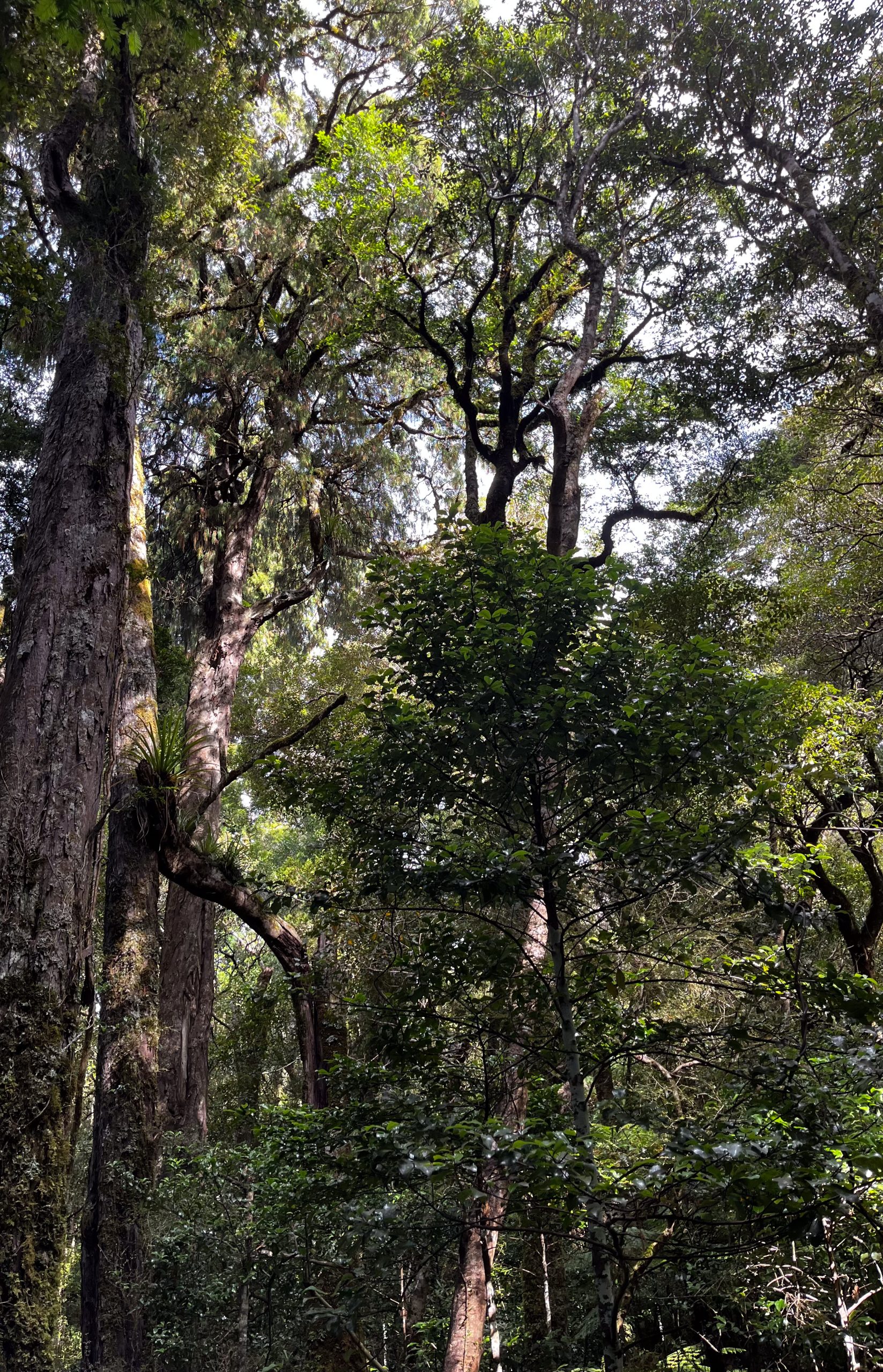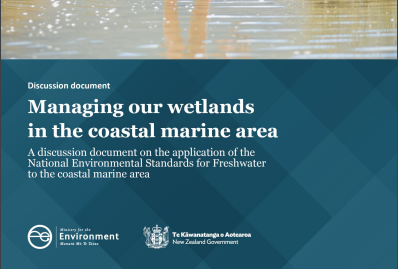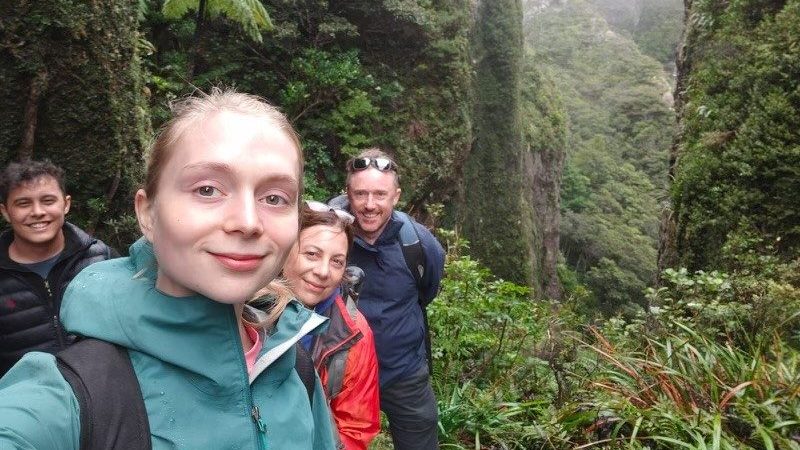
Project Details
Project Overview
This project involves the measurement of nitrogen pools in wetland ecosystems of differing ecological states, including conserved (remnant), restored, and unrestored (degraded) wetlands.
Nitrogen ‘pools’ within these systems will be quantified by collecting soil, root, wood, and foliar samples to analyze total nitrogen and δ15N values, as well as soil mineral nitrogen values. The objective is to comprehend the distribution of nitrogen within each system and explore variations across ecological states. Isotope analysis will provide additional insights into the rates at which nitrogen cycles between these pools.
Using this data, the project can compare the nitrogen pools in restored wetlands with those in unrestored and conserved wetlands. This comparative analysis seeks to understand the impact of ecological restoration on nitrogen partitioning in wetland forests, and address the question: where does the nitrogen go?

Unrestored (degraded) wetland (top), and restored wetland (bottom).

Conserved (remnant) wetland
Why This Matters
Excessive nitrogen poses a critical challenge in Aotearoa, leading to the degradation of freshwater systems, biodiversity loss, and threats to human health. Wetlands serve as crucial nitrogen retention systems, safeguarding freshwater health, biodiversity and human well-being. Yet, the conversion of natural wetlands to agricultural land since the early 20th century has resulted in the loss of over 85% of these vital ecosystems, along with their nitrogen retention capabilities.
Recognition of wetlands’ contribution to ecosystem health has only recently emerged, prompting restorative actions. However, many restoration projects lack adequate monitoring, hindering our understanding of the complete impact on nitrogen retention. It also remains uncertain whether ecological restoration can fully reinstate the original nitrogen partitioning in wetlands, limiting our ability to optimize wetland restoration for nitrogen removal.
This project addresses these critical knowledge gaps, aiming to provide insights that inform future restoration decisions and enable the creation and restoration of wetlands with maximum nitrogen removal capacities.
Project Objectives
- To assess and compare the rates of nitrogen cycling in unrestored, restored, and remnant wetlands.
- To investigate and compare total nitrogen levels in the soil among unrestored, restored, and remnant wetlands.
- To analyze and compare total nitrogen levels in plant tissue among unrestored, restored, and remnant wetlands.





